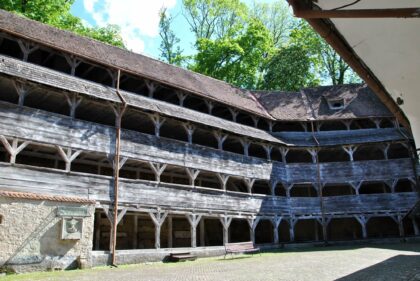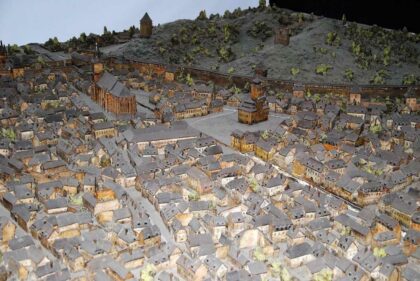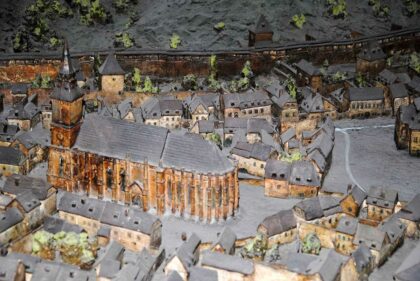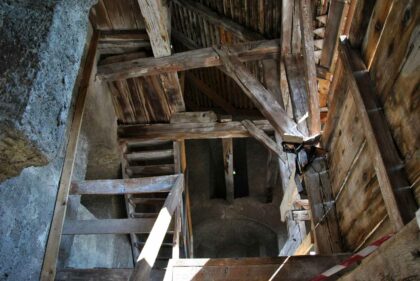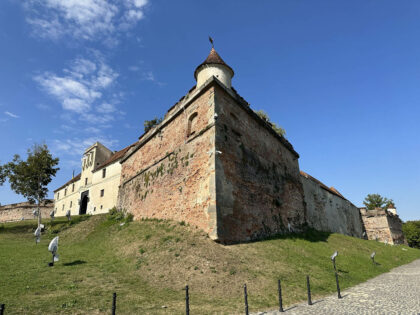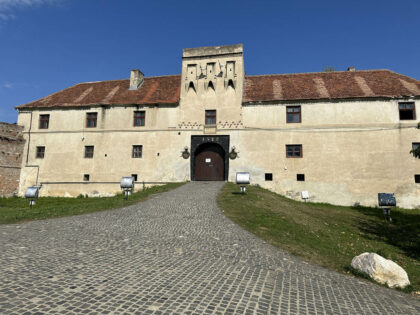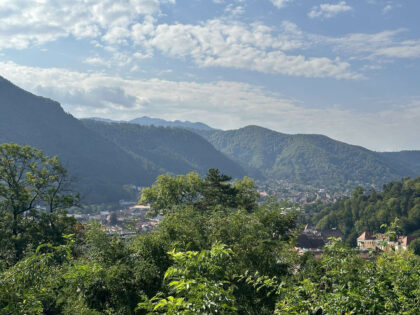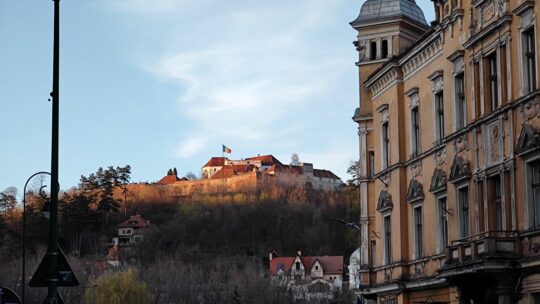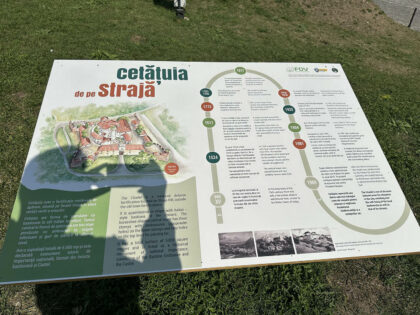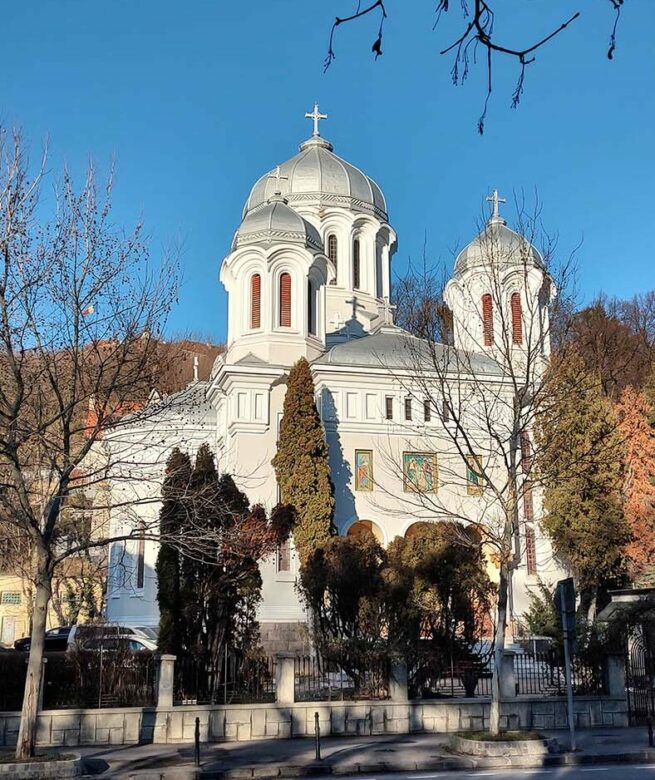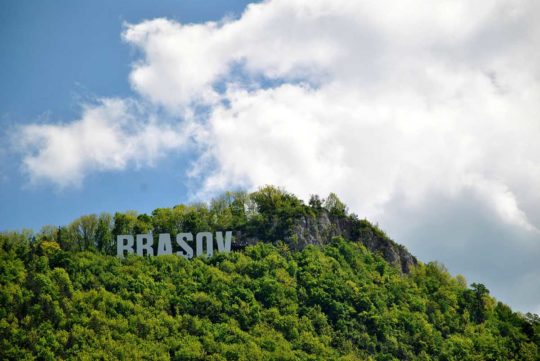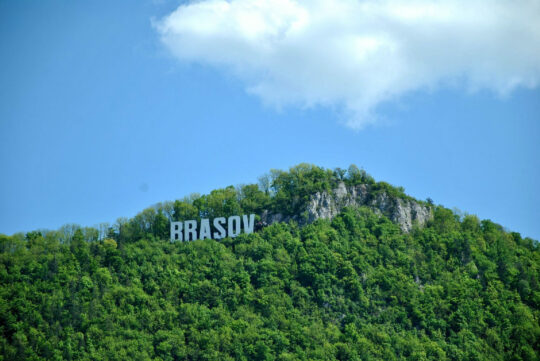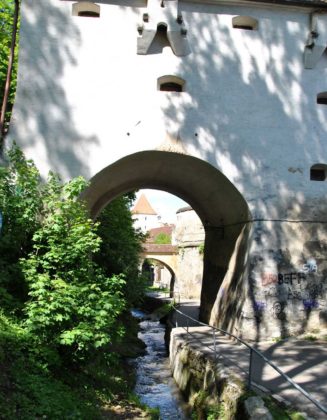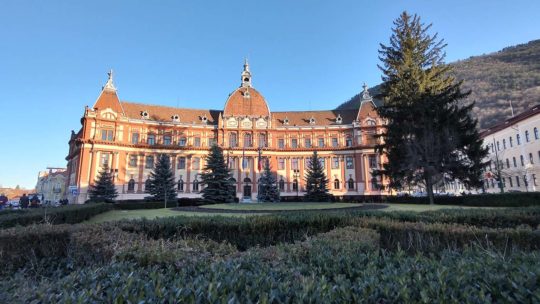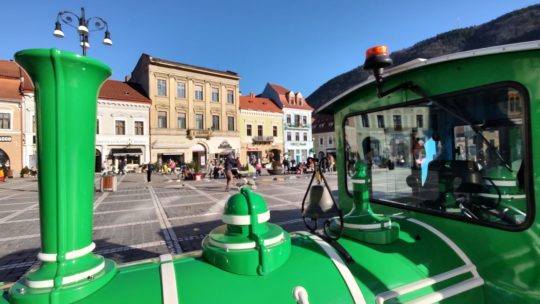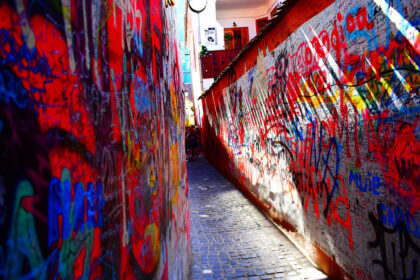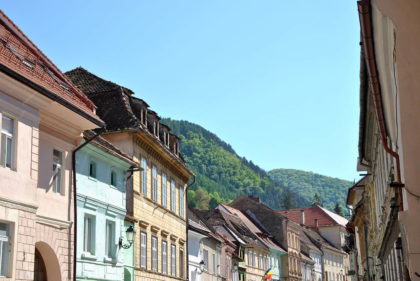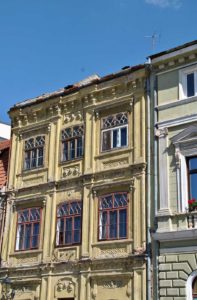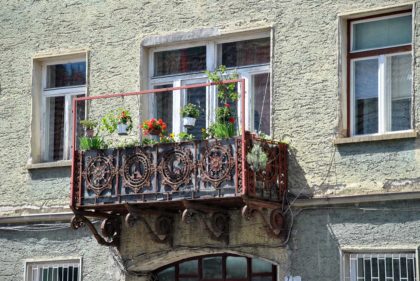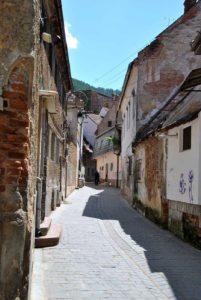
Brașov | More to visit
More to visit
Bastion of the Weavers | Brasov History Museum
The History Museum of the City and County of Brasov was founded in 1950 and is located in the former Municipal House in the centre of Piata (Square) Sfatului or, to some extent, in the Bastion Tesatorilor in Brasov (Kronstadt).
The bastion, defended and maintained by the Linen Weavers’ Guild, was built in two stages between 1421 – 1436 and 1570 – 1573. In the first phase, the first two levels of the three battle galleries were built. The upper galleries, built between 1570 and 1573, were for small arms, which could be used through narrow circular firing holes all along the way of the galleries. Two watchtowers were built for the guard, who watched over the city both from a military point of view and from the point of view of observing possible fires.
After restoration, the Weavers’ Bastion was turned into a museum.
Citadel on the Watchtower / The Fortress of Brasov
The fortress is a fortification built in the 15th century on Straja hill to prevent enemy attacks. Throughout its history it has been attacked and reconditioned, being an important point of defence even in the First World War.
Originally there was only the fortress tower, and in 1630-1631 the outer fortress was built. The horseshoe-shaped central tower has 3 floors and has served several roles over the centuries: it served as a storehouse, was a prison for Turkish prisoners in the 18th century and later, during the plague, a special section for the sick was set up.
It can be reached both by car and on foot and entry is free. The citadel covers an area of 5000sqm and is certainly a historical monument of great importance worth visiting.
Annunciation Church
On Nicolae Iorga Street, between 1934 and 1937, the Church of the Annunciation was built at the foot of the “Cetățuia” hill, where the inhabitants of Brasov used to take refuge. On the right side of the church is the road leading to “Cetățuie” and on the left side is the parish house which was built in the same period. The church was consecrated in 1937 by Metropolitan Dr. Alexandru Niculescu.
The construction of the church is in Byzantine trefoiled style made of brick and granite stone and is covered with sheet metal and the iconostasis is made of carved wood, with a length of 24 meters and a width of 19 meters. It was given by the parish of St. Nicholas in Șcheii Brasov on the occasion of the religious reunion.
The church has 2 parishes, the Romanian Orthodox Parish of Brasov Buna-Vestire I and the Romanian Orthodox Parish of Brasov Buna-Vestire I.
Buna Vestire I Parish has a parish cemetery located on Narciselor Street, together with 3 other churches and Buna Vestire I Parish has a parish cemetery with 2 other parishes.
The inscription on the Tâmpa – Symbol of Brasov
The inscription on the Tâmpa was installed in 2004, following the Hollywood model. It is illuminated at night and watches over Brasov in a spectacular way. The letters are 6 metres high and made of strong white plastic.
Above the inscription is a terrace where tourists from all over the world can admire the spectacular and authentic landscape from almost 1000 metres above.
Catherine Gate
Catherine’s Gate dates back to 1556, built on the foundation of the former wooden gate, attested in 1522, the ‘Gate of the Holy Spirit’. The name of the gate comes from the convent of nuns that stood there, named after Saint Catherine.
The upper part of the building has four turrets symbolising the “Jus Gladii”, a medieval privilege that gave the rulers of Brasov the right to inflict the ultimate punishment. The gate was built to link Șchei and Brasov and its architecture is impressive, with a Renaissance-style painted vault. In front of the gate is a small park where tourists can relax.
The tower can be visited by everyone, however it can only be viewed from the outside as large scale access is not allowed inside.
Graft Bastion
It was built between 1515-1521 and was used to link the city’s armies to the White Tower. Its position, in the middle of the N-W side of the fortress, made the bastion increase the possibilities of defending that area. This is also known as the Gate Bastion because of its shape. In the 16th century the north-west wall of the fortress is doubled by another outer wall.
At the same time, the waters coming from the Schei were caught in a canal (in German Graft), which flowed at the foot of the newly built wall. The Graft Bastion was therefore designed as a bridge over the canal. It was about 4 metres thick at its base and had two storeys and a bridge, equipped with firing pits and fuel vents which are still preserved today. Access to the White Tower was provided by a bridge that climbed up the slope to the entrance to the White Tower from where the defenders lowered a ladder to allow entry to the tower.
Palace of Justice in Brasov
Located at 5 Eroilor Boulevard, this was built by the former Austrian administration as the seat of the Royal Court of Brasov between 1900-1902.
The President of the Royal Court, Georg von Weer, made a request in 1900 to the city of Brasov to allocate a 9450 sq m plot of land on which to build the Palace of Justice. It was accepted, the city asking for a symbolic fee and as a condition he wanted all the existing and subsequently erected buildings to be handed over free of charge to the public of Brasov.
The Palace of Justice building functioned according to its original purpose until the establishment of the communist regime.
Between 1993 and 2020, the Court of Appeal of Brasov functioned on floors 2-3 of the building, the other floors being occupied by the Prefecture of Brasov and the County Council.
On the northeast side, on the vast site that once constituted the defensive field in front of the fortress walls, several administrative buildings were built: the Financial Administration (today’s City Hall), the Post Office Palace, as well as the Palace of Justice (today the seat of the Prefecture and the County Council of Brasov).
City tours by (iron) train
From the old town hall you can take a city tour on a small train. The train runs at any time of the year with sometimes changing schedules. For those who want to explore Brasov quickly and “from the armchair”, this train is a good opportunity. But also with children or just to enjoy the breeze / have a little more shade, a ride on the train through Brasov is definitely a little experience.
Sforii Street
This street dates back to the 17th century, when it was a simple corridor built to facilitate the work of firemen. The width of the street is between 1.11 and 1.35m and the length is 80m. It is currently the third narrowest street in Europe.
Legend has it that in medieval times it was here that couples hid to kiss in privacy. Nowadays, it is said that lovers who kiss on this street will stay together for life.
History and stories
Besides the important historical monuments and landmarks such as the Black Church, the Church of St. Nicholas of Myra (in Romanian Biserica Sfântul Nicolae), the old town hall and synagogues, the medieval city fortifications, the Weavers’ Bastion, the White and the Black Tower and more … Brasov is dotted with many other historical monuments, including private ones. Take your time for an extensive walk and find on your way through the city … history … and stories.

